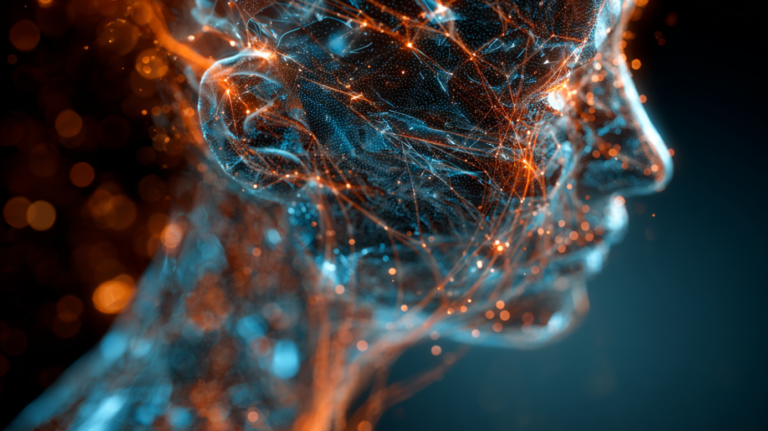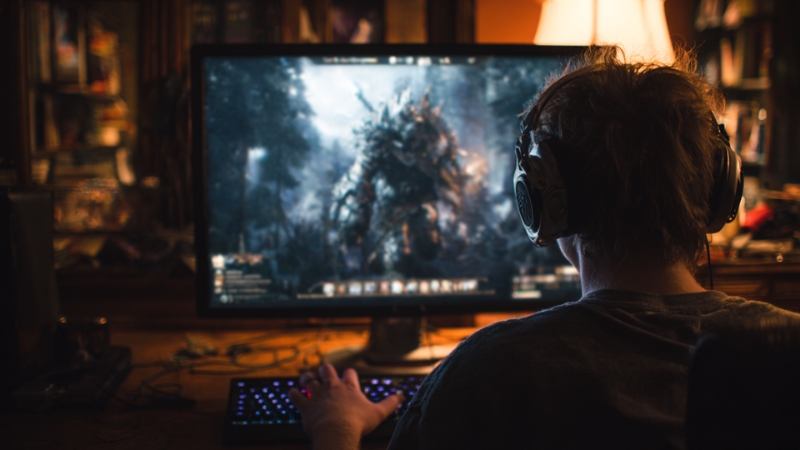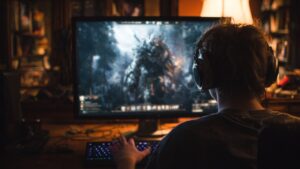One of the most important elements for this immersion is the behavior of non-player characters (NPCs). Whether it’s an enemy soldier in a first-person shooter or a villager in an open-world RPG, the way NPCs react, move, and interact can make or break the experience. So how do developers make these characters seem more human?
The answer increasingly lies in neural networks—complex systems inspired by the human brain that allow NPCs to make decisions that appear intelligent, adaptive, and surprisingly lifelike.
Neural networks have revolutionized the way NPCs behave in games by allowing them to learn, adapt, and react in real-time, not just follow hardcoded instructions. This means they can assess situations, consider past experiences, and even take into account emotional states or strategic goals, making each encounter feel more dynamic.
Table of Contents
ToggleThe Limitations of Traditional NPC Behavior
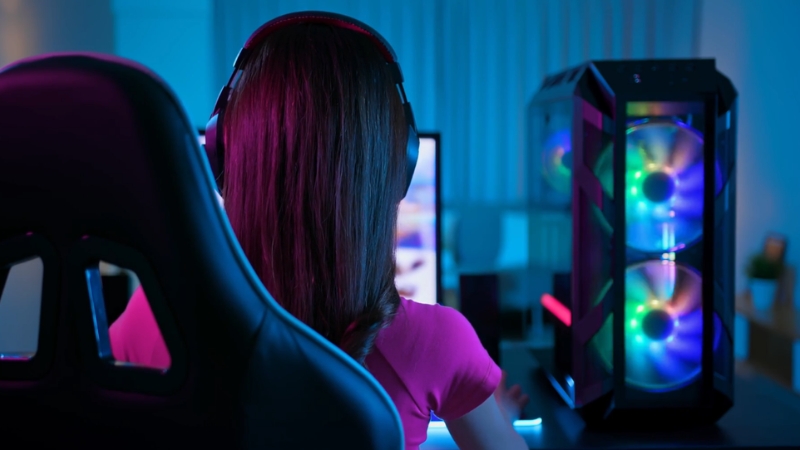
Before neural networks, most NPCs operated using finite state machines (FSMs), behavior trees, or simple scripting systems. While these methods are efficient and predictable, they lack flexibility.
For example, an NPC might be programmed to patrol between two points and attack a player on sight. But if the environment changes or the player does something unexpected, the NPC can’t adapt. Its actions are locked in a loop, leading to repetitive and shallow experiences.
These traditional models also tend to fail when the player steps outside the assumed behavior. For instance, if a player lures multiple NPCs into a trap, FSMs often can’t coordinate or re-prioritize goals effectively. As a result, players learn to “game the system” rather than treat the NPCs as unpredictable opponents or allies.
Enter Neural Networks: Making NPCs Smarter
Neural networks operate differently. Instead of hardcoding every possibility, developers train these networks using large datasets of behavior, trial-and-error simulations, or even real gameplay data. Over time, the NPCs “learn” what actions lead to success or failure in a given context.
Here’s how neural networks are transforming NPC behavior:
Feature
Traditional NPCs
Neural Network-Driven NPCs
Decision Logic
Predefined scripts
Learned from data
Adaptability
Low
High
Emotional Modeling
Limited or fake
Emerging capability
Group Coordination
Basic or absent
Can learn cooperation
Reaction to Players
Predictable
Unpredictable and contextual
For example, in stealth-based games, neural networks can enable guards to remember where they last saw the player, share information with other NPCs, or change patrol patterns dynamically.
Instead of every encounter feeling the same, players now face NPCs that learn from failed attempts, increase vigilance, or react differently each time.
Training NPCs with Reinforcement Learning
One of the most exciting applications of neural networks is through reinforcement learning (RL)—a system where NPCs learn by trial and error, just like a human would. In reinforcement learning, an NPC is given a goal (like survive, win, or reach a destination), and it tries out different behaviors in a simulated environment.
Successful strategies are rewarded; failures are penalized.
Over time, the neural network develops strategies that maximize its reward. This is particularly effective in:
What’s unique about reinforcement learning is that the NPC isn’t following a script—it’s forming its behavioral model based on experience. This leads to surprising, emergent behavior that even the developers might not have anticipated.
Mimicking Human Psychology
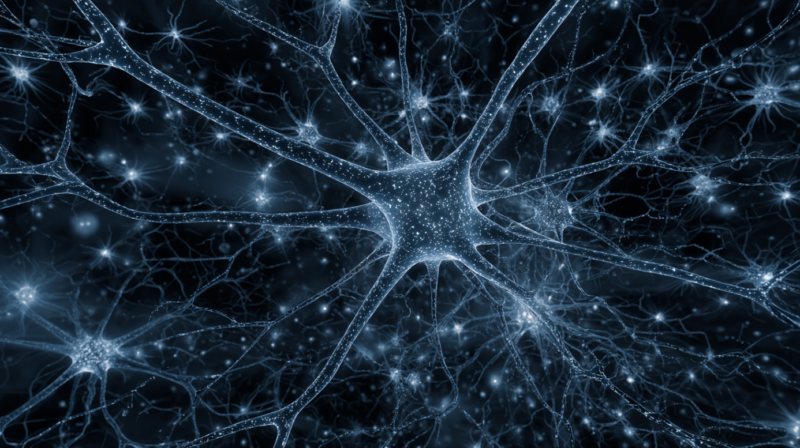
Beyond tactics and movement, neural networks are increasingly being used to simulate emotions, personality, and social reasoning in NPCs. This goes far beyond “run here, shoot there” logic.
Some development teams are actively training AI models to recognize subtle player cues—such as movement hesitation, erratic in-game choices, or even voice tone—to adapt their NPCs’ responses in ways that reflect fear, suspicion, trust, or confidence.
Another powerful application lies in modeling personality traits within NPCs. Using deep learning techniques, developers can assign and evolve traits like risk aversion, impulsivity, aggressiveness, or loyalty. This means an NPC might choose to flee instead of fight if its neural state favors survival, or it might bluff during a negotiation phase to gain a tactical edge.
This becomes especially compelling in games that involve psychological strategy, such as those simulating high-stakes gambling or bluff-based interactions. One notable example is Royal Casino—a platform where NPCs are designed to mimic real human players in poker-style or chance-based games.
Instead of merely reacting to fixed probabilities, the AI characters in Royal Casino assess betting patterns, adjust their confidence levels, and even attempt to “read” the player, creating a level of unpredictability and realism that standard rule-based systems can’t match.
By combining behavioral psychology with neural networks, NPCs can now hesitate before making a risky bet, go all-in to apply pressure, or fold based on bluff detection—behaviors that make gameplay feel genuinely human.
This approach not only enhances the realism but also elevates the emotional stakes for the player. You’re no longer just playing against code—you’re going up against personalities shaped by digital cognition.
Real-Time Adaptation and Meta-Learning
@rpn The future of open-world games #ai #artificialintelligence #gaming #chatgpt #games ♬ Skyrim Atmospheres – Jeremy Soule
Another cutting-edge area is meta-learning or “learning how to learn.” This allows NPCs to not just remember past experiences, but also adjust their entire learning framework based on new environments. For instance, if a player discovers an exploit or pattern, the NPC can recognize it and develop a new defense.
This level of real-time adaptation is particularly valuable in competitive multiplayer games or procedurally generated environments, where static behavior leads to boring or broken mechanics.
Challenges and Limitations
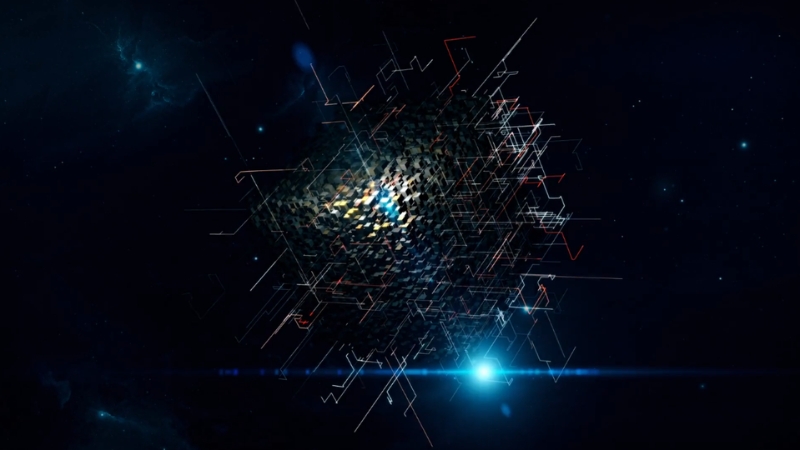
Of course, integrating neural networks into games comes with challenges:
- Computation Cost: Real-time neural inference can be heavy on CPUs or GPUs, especially on consoles or mobile devices.
- Unpredictable Behavior: While unpredictability is good for realism, it’s bad for debugging and game balance.
- Training Time: It can take thousands or millions of simulations to train an NPC to a competent level.
- Ethical Design: Giving NPCs too much autonomy (especially in social simulations or psychological games) can raise questions about manipulation and fairness.
To address this, many developers use a hybrid model—mixing traditional behavior trees for structure with neural components for flexibility.
Future Directions: Personalized NPCs
Looking ahead, one of the most exciting possibilities is personalized NPCs. Using player data, neural networks could adapt character behavior to suit each user. For example:
We’re entering an age where your gameplay history can shape the personalities, tactics, and even moral choices of in-game characters.
Final Thoughts
Neural networks are changing the landscape of NPC design from rigid scripting to dynamic, responsive intelligence.
They help create characters that feel alive—learning from mistakes, adapting to the player, and making decisions with nuance. For game developers, this opens up enormous creative potential.
For players, it means richer, more believable worlds where no two encounters feel the same.


